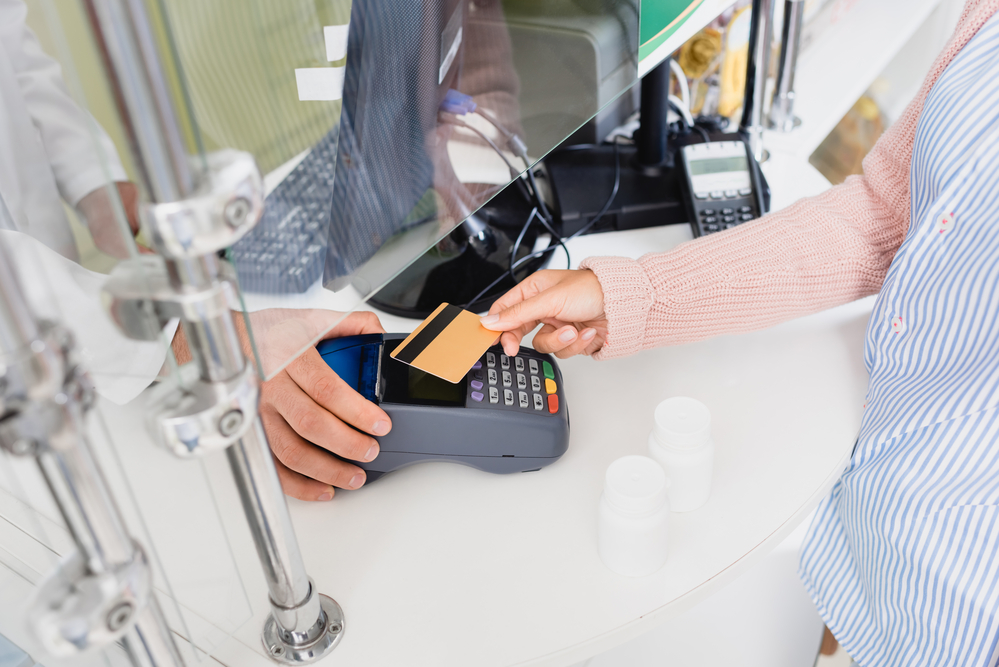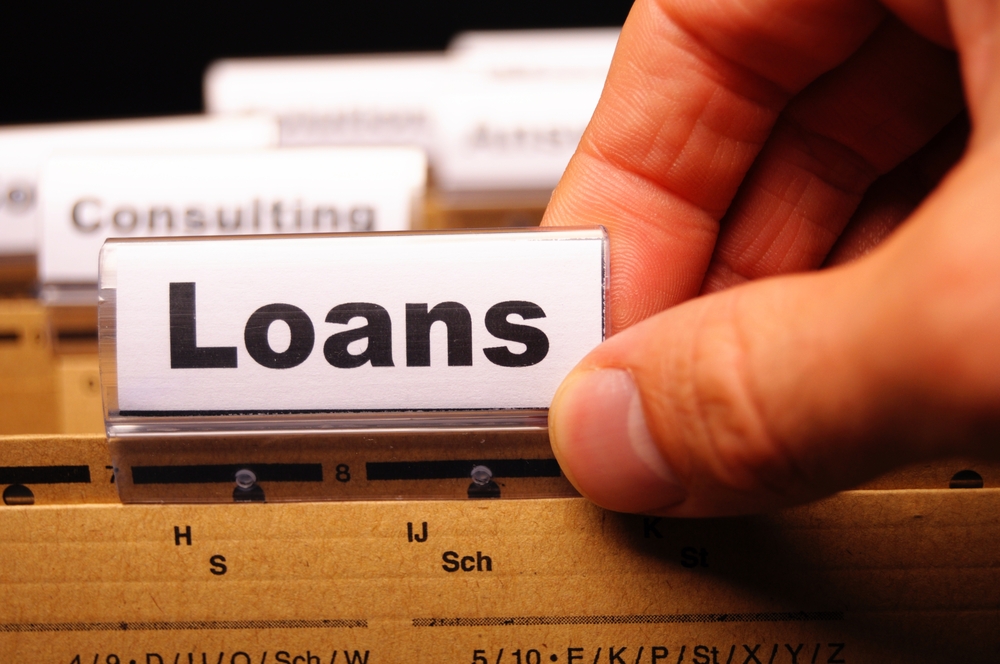Purchasing Trends In The Post-Pandemic Era
Customer-first options like ‘Buy-Now-Pay-Later’ on numerous digital payment channels have transformed trade

The purchasing trends and payment vectors for Indian consumers have undergone a phenomenal change. Since the advent of digitization and new-age technologies, the way people buy things and spend money has witnessed a remarkable transformation. Until two decades ago, traditional kirana stores or brick and mortar stores were the chosen norm and all transactions were primarily cash-based. Soon, that gave way to the emergence of semi-digital omnichannel that operated on the thresholds of technology and the manual. As innovation progressed further, Indian consumers saw a steady influx of alternate payment pathways such as credit cards and other digital payment formats. Cut to 2021, the post-pandemic milieu has necessitated a complete transition to online shopping and vending optimized via state-of-the-art contactless digital technologies.
It is only now, comparatively, that the new normal has pivoted towards online transactions and touch-free payment modules. As such, payment mediums and disbursal patterns have observed constant evolution by evolving technological innovation and a heightened emphasis on customer service. Digital innovation continues to shape the sprawling digital payment vista amid the online shopping and e-commerce range. So much so that the rapidly burgeoning digital sector is simply an offshoot of the growing consumer online purchasing patterns and rising disposition towards e-shopping. A recent report by Accenture reveals that over 420 billion transactions worth above $7 trillion is set to converge from cash to digital payment mediums by 2023 and further expected to skyrocket to $48 trillion by 2030.
Meanwhile, the government, in an appreciable display of foresight, has calibrated towards a digital economy much before the pandemic struck. In its bid to transform the cash-first economic framework of the country towards a high-efficiency digital model, the central government orchestrated a host of strategic measures and policies such as demonetisation, NPCI, Digital India, and various other reforms that drew early hints at a major paradigm shift in our nation’s economic mode of operation. These efforts were further exacerbated during the pandemic-induced lockdowns, which witnessed a major downfall in cash purchases and overall cash withdrawals. The vibrant digital culture has been seemingly embraced by citizens across India with factors such as apprehensions regarding the use of paper currency and movement limitations that have all contributed towards the rise of a thriving paperless and contactless digital economy.
As per a report by Capgemini, around 75 per cent of Indians have appropriated the use of novel digital payment channels for their e-shopping needs during the lockdown. While this has been a result of the fear of physical contact during the pandemic, it has also led to a vast number of consumers observing significant transactional convenience and an enhanced user experience thanks to the widespread permeation of efficient digital payment channels. Armed with a colossal population/consumer demographic and a demand-based economic structure, optimum utilization of these next-gen payment pathways has the potential to incubate a plethora of demand-centric macroeconomic growth catalysts that can further amp up the country’s overarching business infrastructure and net productivity.
The consumers’ patterns of payment and purchases have also seen an enormous change during the pandemic. There has been a visibly greater slide towards procuring essential items such as groceries and medicines over discretionary and durable consumables like furniture or electronics. While online expenditure and digital transactions have certainly become a rage during the lockdown, there has been a substantial decline in the solitary hi-value expenses due to the economic clobbering and income-related ambiguities in the post-COVID market environment.
Here are some top trends that are fast becoming the norm.
-
As per a report by KPMG, a majority of consumers are resorting towards home-delivery of essential products via online shopping portals due to several hygiene and safety concerns. This has caused major vendors and selling platforms to reassess their last-mile delivery setups and operational chains to warrant maximum efficacy and hassle-free contactless doorstep transactions.
-
There has also emerged a slew of exclusive customer-first options such as ‘Buy-Now-Pay-Later’ on numerous digital payment channels. This has proved majorly effective in furthering credit-based digital transactions. These are becoming increasingly successful stratagems for preserving the customer-base by extending a stealthy transactional experience that culminates within a few clicks on the internet and is wholly devoid of physical contact.
-
Due to the various restrictions and limited services proffered by traditional legacy banks and NBFCs, a vast surfeit of first-time buyers is fast coursing towards the emerging and ‘status-quo breaking’ fleet of next-gen fintech startups. These financial intermediaries provide a host of services that lie beyond the ambit of conventional banking. Their uncompromising focus and dedication to impart high-quality services and a rewarding consumer experience have factored in a nation-wide disposition for swifter, more secure, and improved online shopping platforms.
-
With a rapidly advancing smartphone infrastructure and rampant penetration of high-speed internet, consumers across the country are seemingly moving towards instant purchasing capacity and comfort-based transactions. The government, along with its regulatory cohorts- the RBI and other national banking bodies, are anticipated to encourage the further dissemination of digital payment channels across the nation. With the hi-innovation fintech model becoming standardized across the country and its considerable impact on the consumption schematics and consumer aspirations, the government is poised to decree more and more reforms and regulations within the digital infrastructure to offer more seamless and streamlined e-shopping solutions for customers.
India has all the favorable attributes, a bulging internet-using population, diversity in consumer outlooks and expectations, different spending patterns, etc. that can effectively herald a vibrant and pulsating digital economic ecosystem in the country. However, the bottom line remains that the platform with the most integrated, customer-first, and easy-to-use services is sure to win the highest consumer trust and popularity in the digital future.
The author is Co-Founder and CEO of Simpl
DISCLAIMER: Views expressed are the author's own. Outlook Money does not necessarily subscribe to them. Outlook Money shall not be responsible for any damage caused to any person/organisation directly or indirectly.









